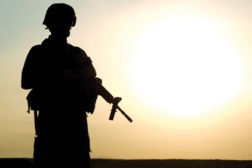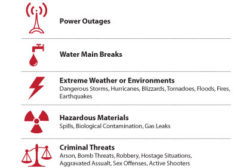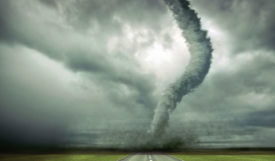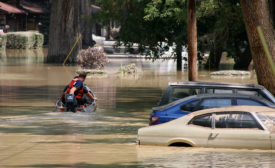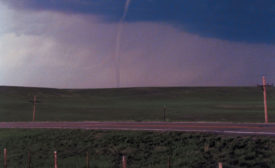Security & Business Resilience
How Corporate Security Can Face Down Fourth-Generation Warfare
Just because your enterprise is not operating in a warzone does not make you immune to fourth-generation warfare.
November 5, 2013
How to Plan for Post-Incident “Golden Minutes”
You've heard about the "Golden Hour" after an incident, but you should be planning for the "Golden Minutes."
November 5, 2013
Bijan Karimi: Bringing Order to Chaos
“We discuss risk as a concept beyond just the financial exposure… From supporting the community’s planned events to planning for the unknown, our job is to both be ready today and to look ahead.”
November 5, 2013
Sign-up to receive top management & result-driven techniques in the industry.
Join over 20,000+ industry leaders who receive our premium content.
SIGN UP TODAY!Copyright ©2024. All Rights Reserved BNP Media.
Design, CMS, Hosting & Web Development :: ePublishing

